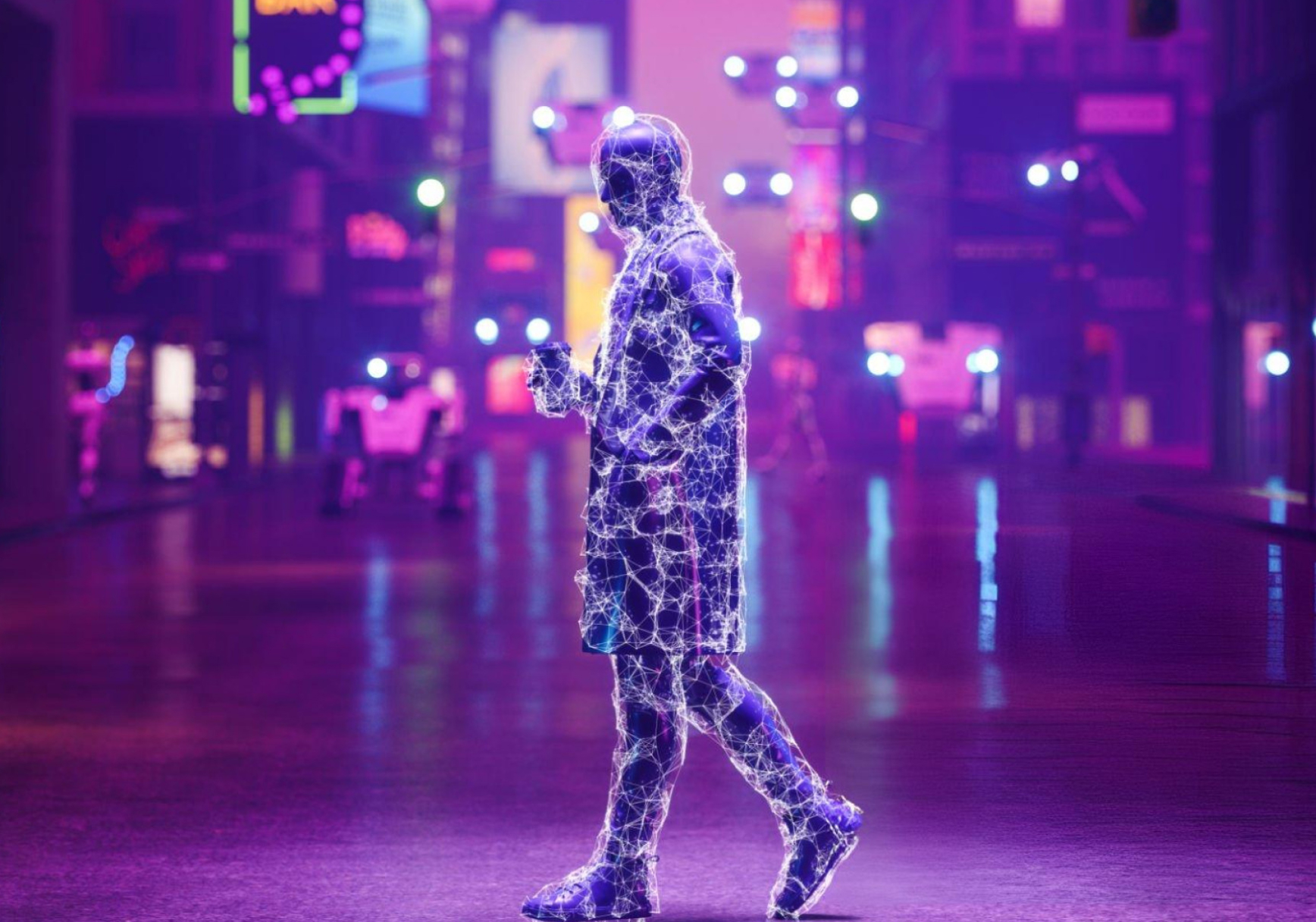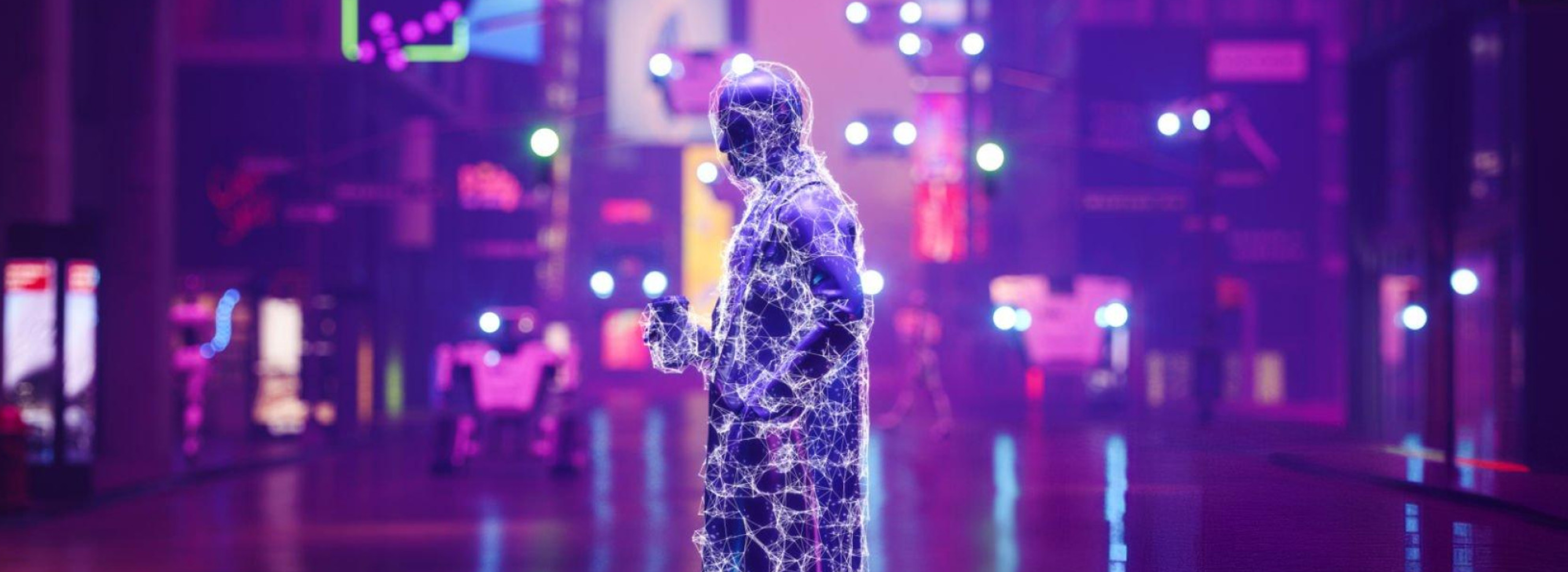

Captivating Audiences: Animation Techniques and Trends
Captivating Audiences: Animation Techniques and Trends
In the rapidly growing and evolving world of entertainment, digital marketing, and technology, animation techniques play a pivotal role in grabbing the attention of the audience. It's a transformative and creative technology that captivates the audience, reshapes industries and enhances the realistic visual experiences of people.
It's right to say the fact that the utilization of 2D and 3D animation principles and techniques is not confined to the limits of creating entertaining cartoons. This creative tech has ideally infused into the realm of digital advertising and content creation. Here in this blog, you will come across the key techniques of animation, and their significance, followed by recent trends to engage more and more people to acquire expected results.
So, let's get started on the same.
Animation Fundamentals
When it comes to discussing the key animation fundamentals for creating an engaging motion project, there are 12 principles of animation. Laid down as per The Illusion of Life: Disney Animation in the 1930s by Frank Thompson and Ollie Johnston, the 12 principles of the animation method are crucial to follow when creating an interactive object.
Here’s the list of animation fundamentals or principles:
- Timing & Spacing: This principle refers to the technique of giving characters and objects a number of frames and placement to move according to the law of physics. For instance, if a character is moving in the North direction straight for 5 seconds and using that particular spacing to position himself.
- Squash and Stretch: This principle implies giving objects the flexibility to move, change shape, contract, squash, or stretch as per the animation requirement. Take, for example, the face of a human animated character with a different set of expressions.
- Anticipation: It refers to getting ready for the object to perform a specific action and letting the audience be ready for the same. One of the best examples to talk about is an animated character playing baseball and a batsman is ready to hit the ball. As per the anticipation principle, the audience is anticipating the batsman to hit the ball after the bowler balls the same.
- Ease in and Ease Out: Any object that appears, moves, or stops requires a basic animation technique called ease in and ease out. Suppose, a car is moving in a certain direction, starts accelerating at a particular speed, moves in a direction, and then stops. This process is called ease in and ease out of the animated car which is accelerated and then decelerated.
- Follow Through and Overlapping Action: This technique refers to the separate body movement of an animated character. Any animated person is moving implying his hands and feet are moving in a particular proportion. At any movement, the person stops, then hands and feet stand still in a specific direction or position.
- Arcs: It refers to the smooth movements of objects and animated characters in a different set of directions as per the creator's requirement. The best example to understand is when a character is turning his head, then his upper and lower body also move in a specific direction.
- Exaggeration: Simply refers to the adding push movements to any object or a character. You must've seen cartoon characters pushing a large stone by applying a small force to the same. This animation method called exaggeration is used to easily push the rock.
- Solid Drawing: One of the integral parts of 2D animation trends is creating solid drawing which implies drawing an accurate drawing of an object or character with a specific volume, weight, balance, shadow, and other characteristics.
- Appeal: It simplifies adding more appeal in different layers that could be different colors, sizes, quantities, movements, or anything like that. Imagine a character of slim size in physical appeal suddenly gains muscles with grown arms, chest, legs, and more.
- Straight Ahead Action & Pose to Pose: It’s like adding different poses to a character while in movement and creating a spontaneous course of action. For example, an animated character landing on the ground from the sky poses like falling down below or coming down with the help of a parachute.
- Secondary Action: It refers to adding a second course of action to further emphasize the same and create more convincing visuals to the eyes of the audience and capture their attention. Let’s just say two characters are talking to each other in one frame, which is a primary course of action. And behind a waiter is serving the meal is a second course of action.
- Staging: Lastly, staging is all about how you set a stage for an animated visual to capture the eyeballs of the audience. It’s more about setting up the background, placement of characters, adding props, and more.
Significance of Animation in Creating Engaging Content
As you already know, this era is dominated by visual storytelling more compared to just adding information. Thus, the strategic creation of animation concepts can have a positive significance on the mindset of the audience and is sure to catch their attention at first glance.
So, here's the list of benefits associated with animation creation for entertainment and for marketing purposes:
- Animation and Visual Storytelling: Animation is attention-grabbing in terms of showcasing creatively infused characters to grab the audience's eyes with ease. The colorful and dynamically created animations have a better attention-grabbing rate.
- Dynamic Objects and Characters: With the help of basic to complex animation concepts and techniques, you can create dynamic objects and characters to grab maximum attention.
- High-Quality Animated Visuals: High-quality animated visuals contribute towards visually pleasing appeal and enhance your brand's name to an optimum extent.
- Narrative Aspect: Animation creates a narrative aspect or a kind of storyline to further catch the attention of the target audience.
- Unique Brand Appeal: Using animation implies showcasing a unique brand appeal to the audience.
- Consistent Branding: Consistent usage of animations across social media and different marketing channels surely identifies your brand as unique among competitors.
To be precise, animation techniques used by brands will have compelling significance to capture the audience's attention. It further provides the flexibility to showcase serious, humorous, and graphical characters.
Some Popular Animation Industry Trends in 2024
With each year comes defining technology and animation trends that will continue to dominate different sets of industries. Similarly, there are different animation industry trends that will enhance character creation, digital marketing efforts, social marketing, and campaign efforts to an optimum extent. For reference, here we have a list of some popular animation trends that will keep the industry growing and expanding.
- Higher Frame Rate: More rendering resources allow for animation that is now no longer just fluid but also hypertrophic; going twice or even four times the norm. This is extremely evident in 3D movies which feel one with the realistic flow of the content.
- Cinema-Splosions: Think of a GIF that is not very lively. Then, an elephant smashes into the scene, destroys the table, and Star Michelin dishes come up. In 1 to 5 seconds, everything has taken place. These “Cinematic-explosions” are fired up with animation acrobatics to glue viewers to “hit the repeat button.”
- Material Illusions: Animators are using their craft – imagination – to create surfaces that change dramatically, such as metal turning into shimmering water or anvils exploding into smoke. Unreal Engine 5 is an example of cutting-edge technology providing superior quality and realism.
- Hyper-Realism and 3D: This trend features super dramatic and visual 3D animations that collapse the physical and digital worlds. Artists use their creativity to capture surroundings in a way that leaves a lasting impression.
- Disruptive Retro: Combining retro aesthetics with neo-modernity, animators create unique characters with neon colors, pixel art, or bugs, merging past and future styles.
- Experimental Minimalism: Animation artists are using minimalistic details to create powerful and expressive characters with fewer elements, turning negative spaces into a form of artistic expression.
- Immersive Experiences: VR and AR are becoming the new arenas for animation, with a focus on creating virtual worlds and interactive storytelling narratives for future development.
Conclusion
In conclusion, animation is a canvas for showing the utmost creativity of thoughts and innovation, majorly to capture the attention of the audience. It's a creative notion for experts to showcase attractive visuals to the eyes of the target audience and meet the purpose of marketing, entertainment, and more.
As an enterprise, you have the flexibility to embrace the capabilities of animation techniques from a professional partner and attract the attention of customers. Therefore, leverage this creativity and create user-friendly designs, characters, objects, interfaces, and more.